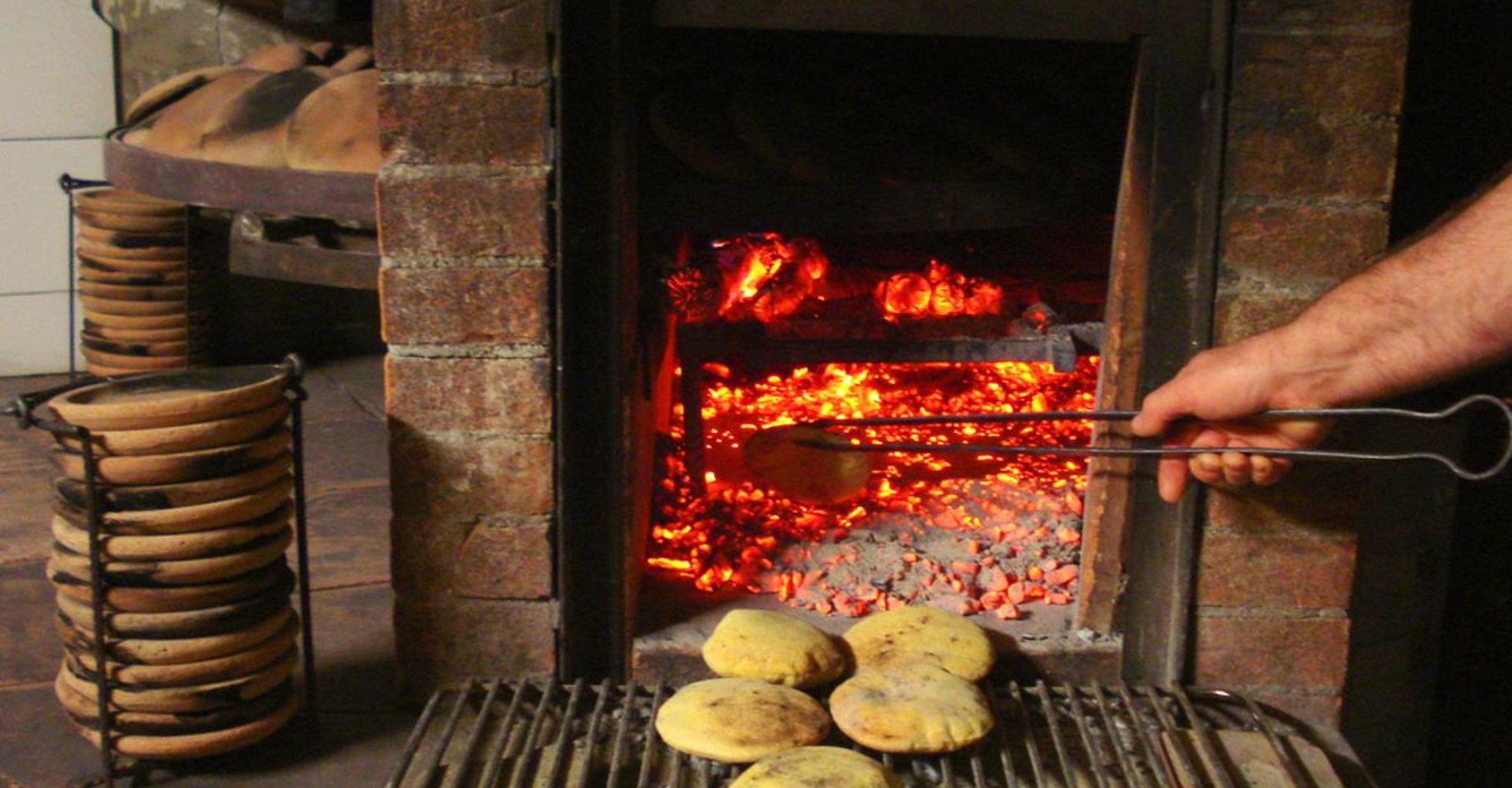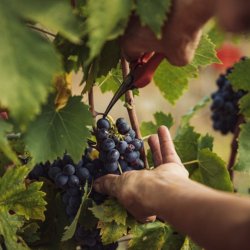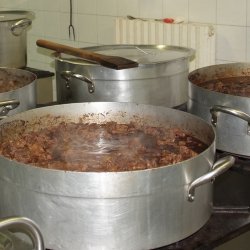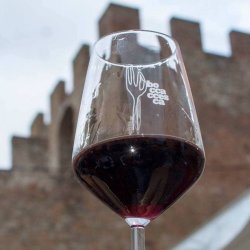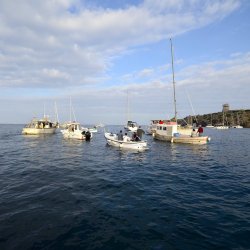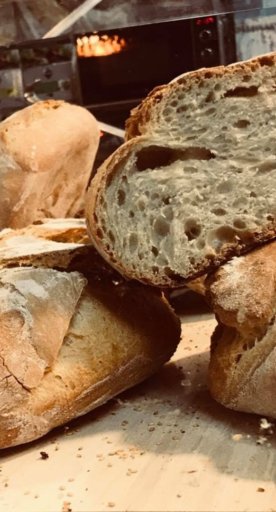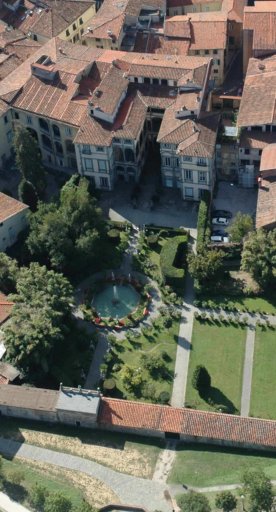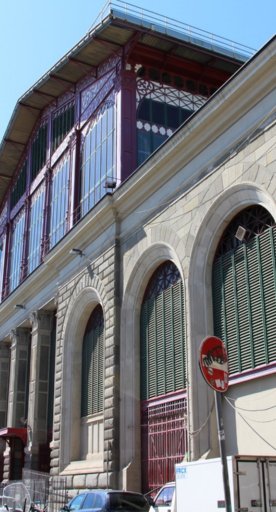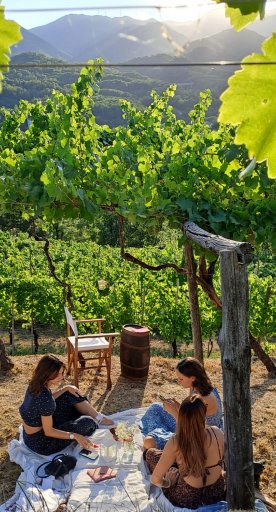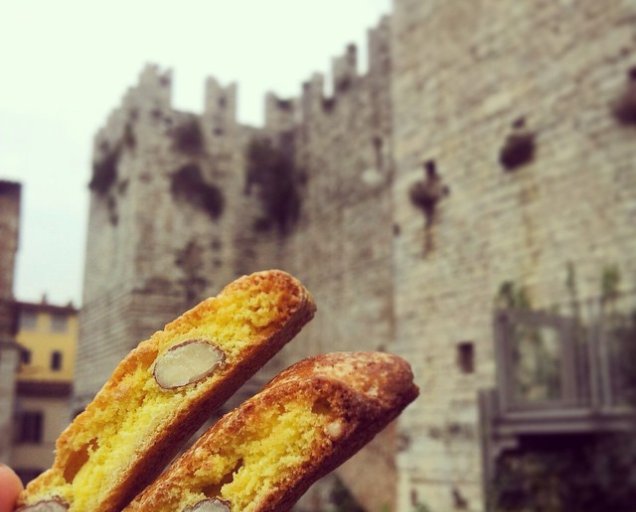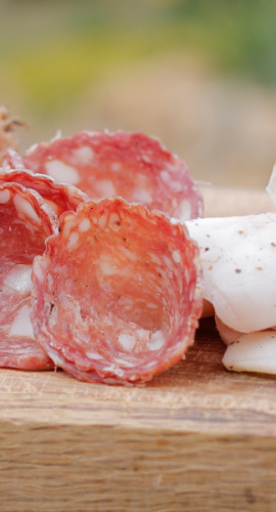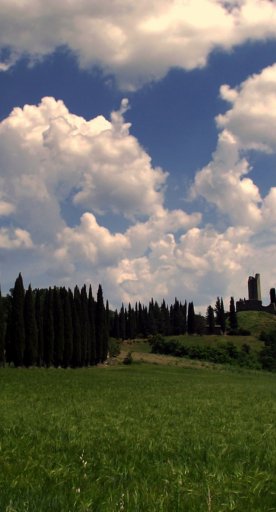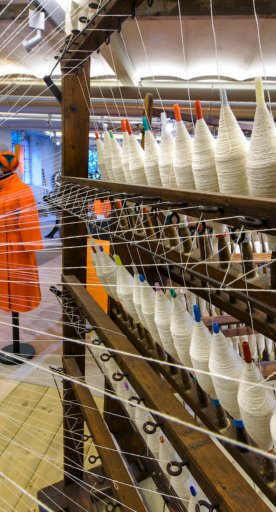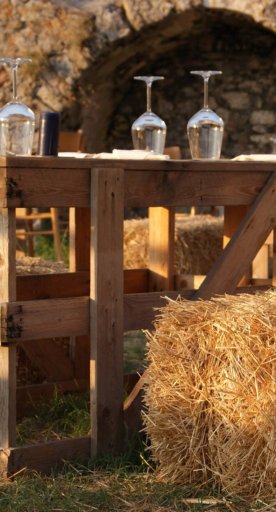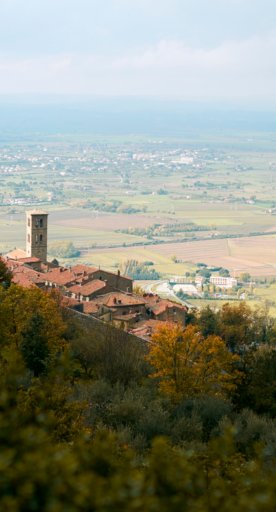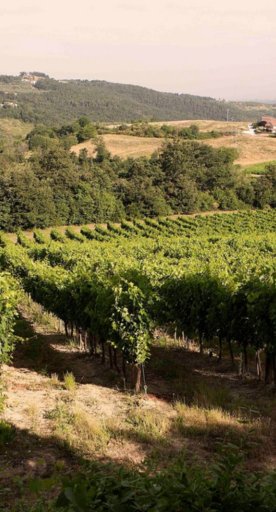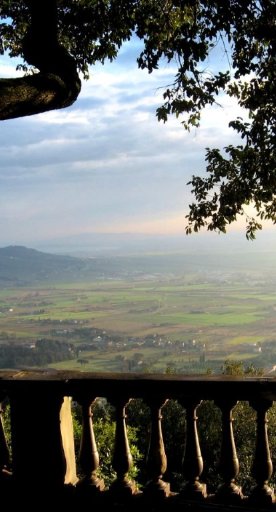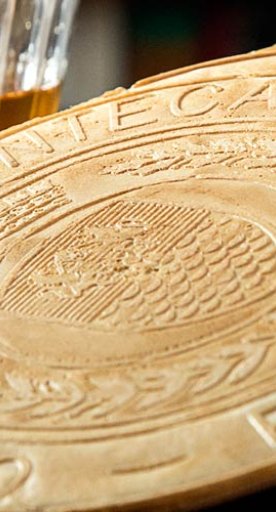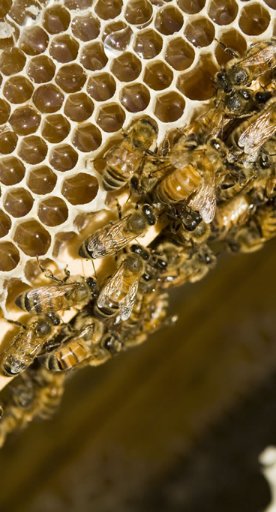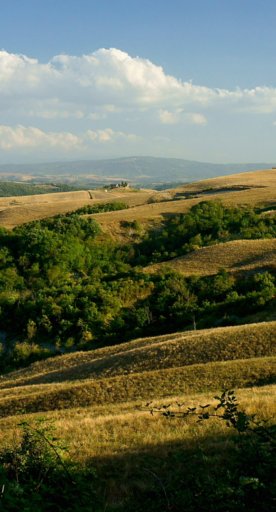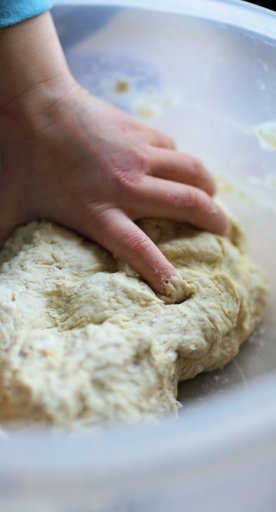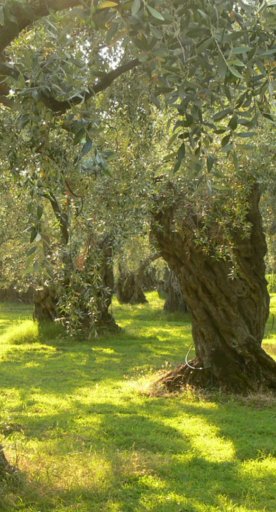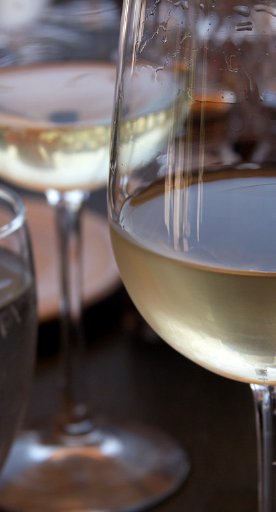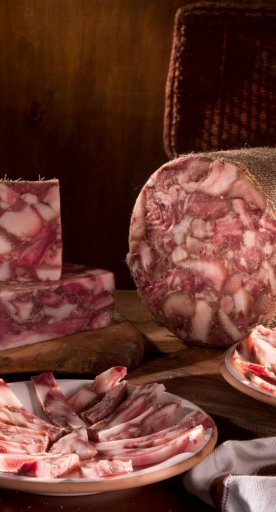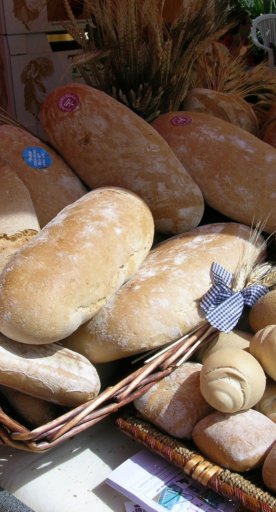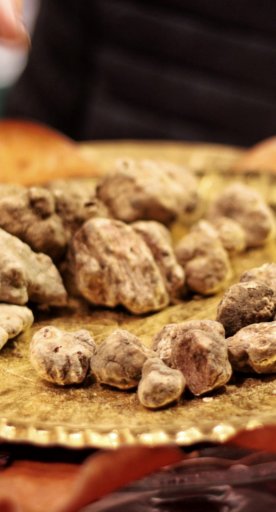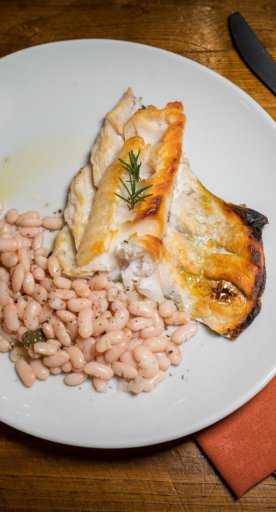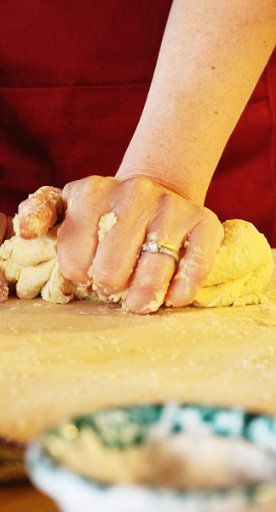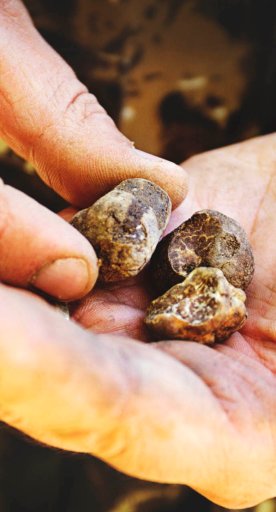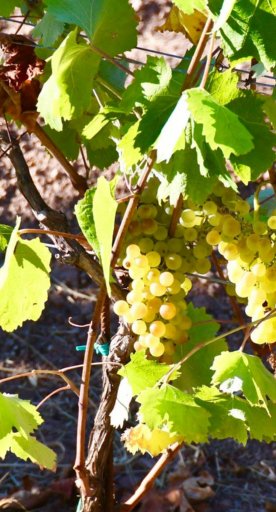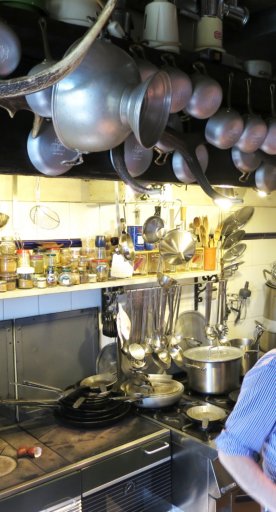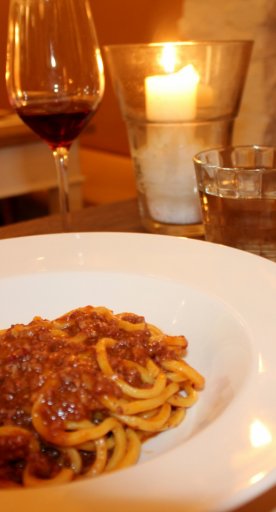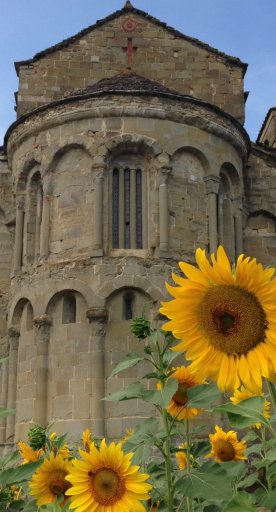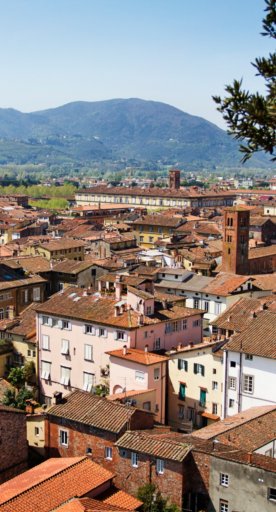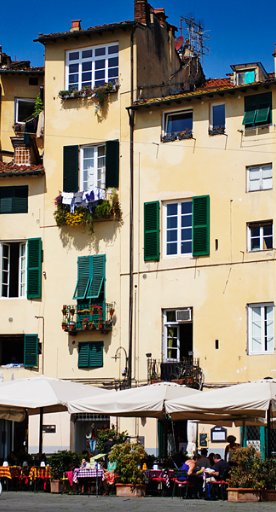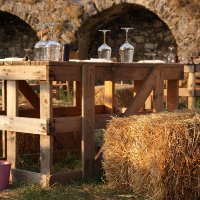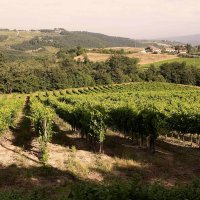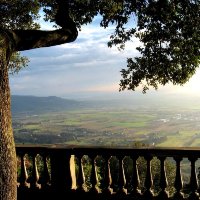Flavors and traditions along the Apuan Alps Bread Route
A journey through flavors between Lunigiana and Garfagnana
Oval and large, or round, slightly flat, with a dark, fragrant crust, or seasoned with olives, rosemary and extra virgin olive oil, making a very tasty complete meal. There are lots of breads in the Apuan Alps. By following the farms that produce corn, wheat, chestnut flour, spelt and potatoes, the mills that still adopt stone-grinding and the bakeries that bake in wood-fired ovens, you can travel along the ideal path for discovering ancient flavors.
In the villages of Lunigiana, Garfagnana and Alta Versilia, you can still find true artisan bakers who heat their ovens with bundles of wood every night, in order to turn out bread, very early in the morning, with an inebriating aroma.
The Bread Route may stretch from Montignoso, along the coast and then up the Magra River valley, passing through Aulla and Podenzana, Fivizzano, Regnano, Agnino, Vinca and lastly Casola. After arriving here, you "abandon" Lunigiana and dive into Garfagnana, with other cultures and traditions. As we were saying, each village has its own leavening techniques and ingredients. Therefore, there is not just one type of bread, but numerous and various types.
-
1.The breads of Versilia
-
2.Focaccette and Panigacci of Val di Magra
-
3.The Breads of Eastern Lunigiana
-
4.Garfagnana breads
The breads of Versilia
In Seravezza, a small village located in the Versilia hinterland, just a few kilometers from Forte dei Marmi and the center of Massa, we find Seravezza focaccia, a bread made from a mixture of stone-ground soft wheat flour and corn flour, water and salt, as well as a pesto made of lard, garlic and basil; it is baked in a wood-fired oven.
Montignoso is the home of Pane Marocco, a typical winter product (it used to be produced from November to January to coincide with the olive harvest, but is now available all year round). It is dark and golden on the surface, bringing to mind the color of the skin of Moroccan inhabitants, which is where it probably gets its name. The dough consists of corn flour, olive oil, olives and Mediterranean herbs; after which it is placed on chestnut leaves and baked in a wood-fired oven.
Focaccette and Panigacci of Val di Magra
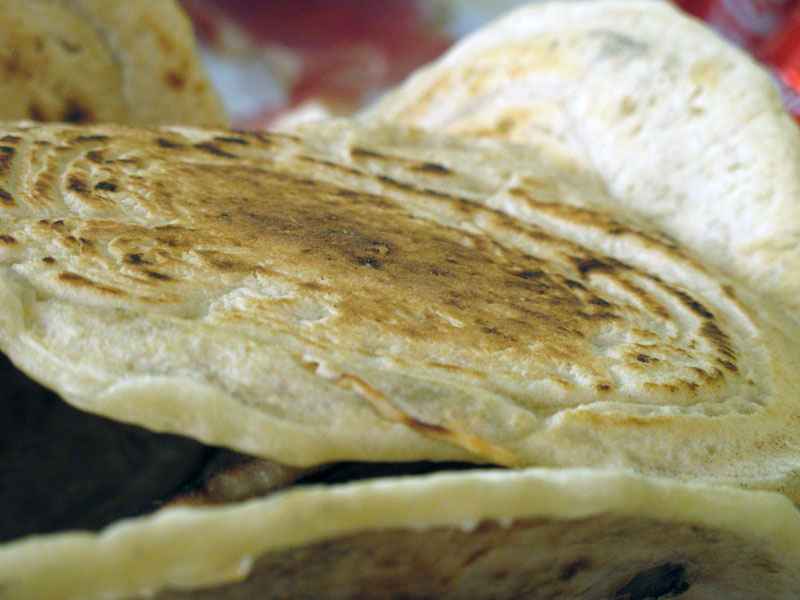
Lunigiana, a place of transit along the Via Francigena, is the result of an encounter between multiple cultures, also linked to food and wine. This is where Podenzana's panigaccio, a distant relative of the testarolo, is found. It is made by mixing wheat flour with water until a thick dough is obtained and it is then poured into earthenware “testi” (pots). They are eaten hot with soft cheeses or cured meats or simply with olive oil and grated cheese.
Aulla's focaccette are a kind of flatbread made of wheat and corn flour, baked in earthenware “testi” (pots); the two flours are mixed together with the addition of water and yeast and, after leavening, the dough is divided into small portions that are then flattened until they form small loaves about one cm thick; they are eaten hot, accompanied by fresh cheese and cured meats.
The Breads of Eastern Lunigiana
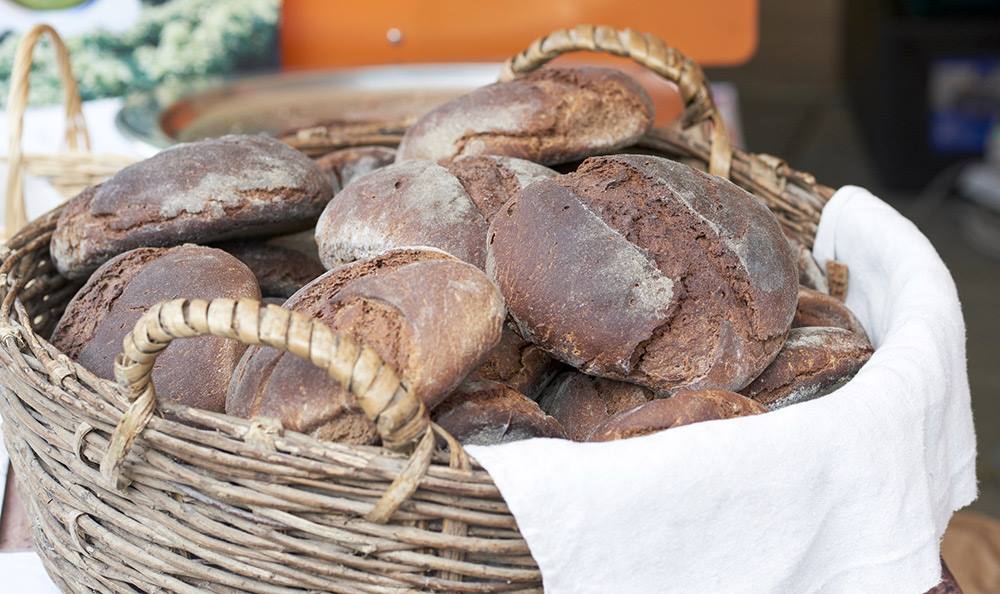
In Po, Signano and Agnino, three hamlets of Fivizzano, a type of bread is made by mixing soft wheat flour with bran, water, yeast and salt.
Vinca bread is made from soft wheat flour and bran milled according to traditional procedures; leavening takes about 12 hours and makes the product more fragrant.
We then find Marocca of Casola, a type of bread made from chestnut flour and boiled potatoes, once produced all year round due to the preservability of this type of flour, the only one always available in the mountains.
Another town near Casola is Regnano, where another type of bread is baked: Regnano bread. Bread made from a dough of wheat flour and boiled potatoes.
Garfagnana breads
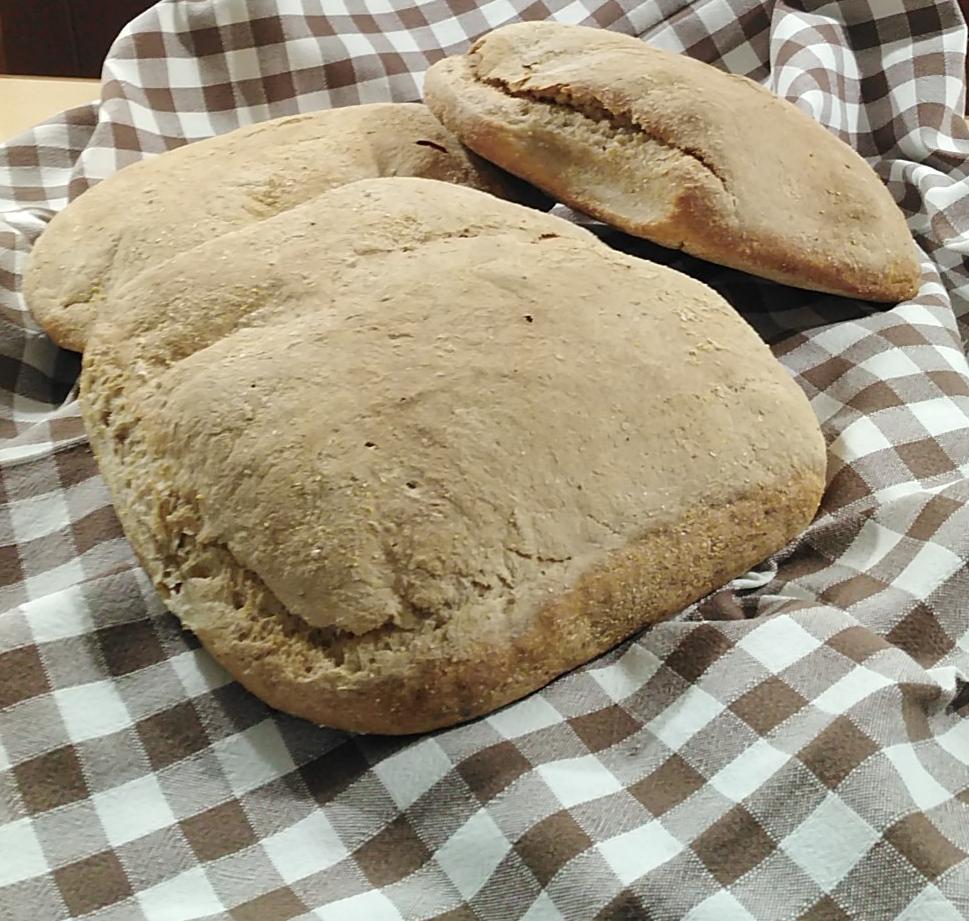
We enter Garfagnana and find a rare type of spelt bread and pane di granturco otto file (eight-row corn bread), so called because the variety of corn used has a cob with eight rows of grains.
However, the area's oldest product is undoubtedly Garfagnana bread, made by mixing soft wheat flour, boiled potatoes, yeast, water, oil and salt. It is also a Slow Food presidium.
Lastly, we conclude this review with Neccio bread of Garfagnana. "Neccio" refers to neccio flour, which is simply the common name for chestnut flour. It is said that the recipe for this bread was already known in Roman times and is based on a dough made from chestnut and soft wheat flour, yeast, water and salt.
